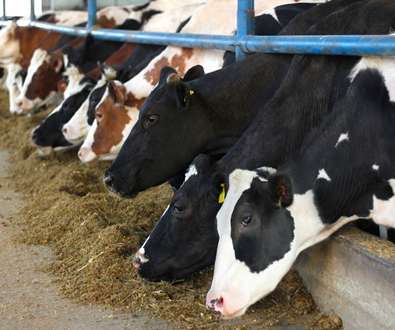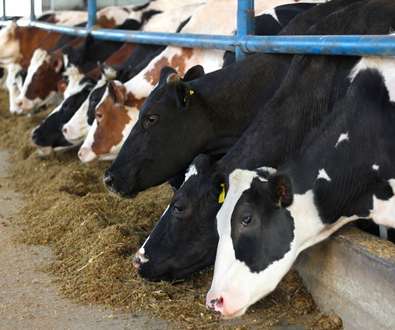The Evolution of the Food & Beverage Value Chain: Driven By Consumers
QAD
FEBRUARY 15, 2024
Updated: February 15, 2024 Published: March 25, 2021 If I think back to my childhood days and recall the shopping experience for food & beverage products, my first thoughts are about local grocery stores and smaller neighborhood specialty shops. Over the last 25 or so years, the food & beverage value chain has exploded.
























Let's personalize your content